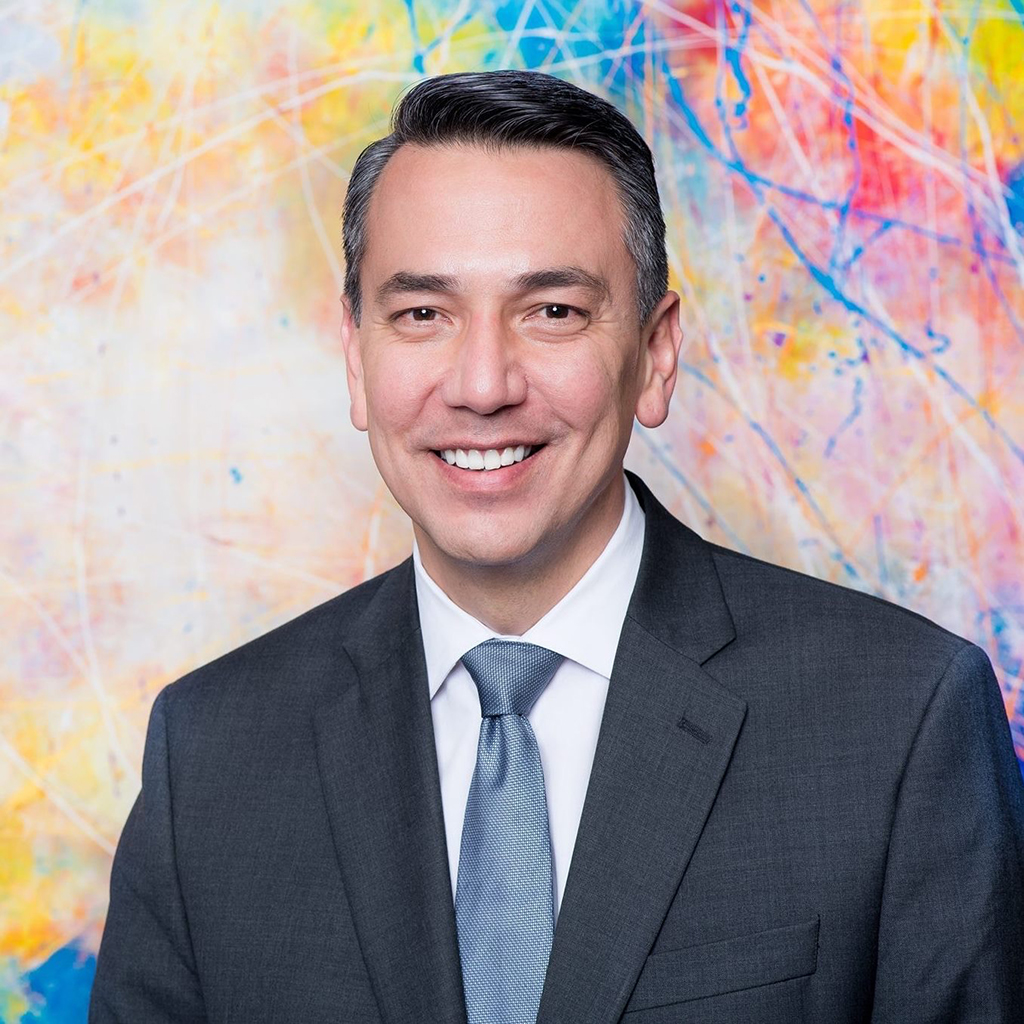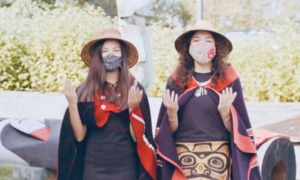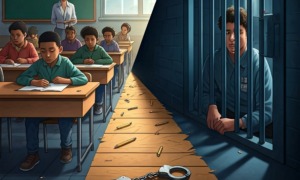 I feel very fortunate that I discovered social work because it was just by chance that I did. I moved to Texas from Chicago when I was 22. Until that point I had attended two different universities where I had several different majors. In Texas I started a new college but was still unsure of a major — I knew I wanted to do something that made a difference, but I didn’t know what that would be.
I feel very fortunate that I discovered social work because it was just by chance that I did. I moved to Texas from Chicago when I was 22. Until that point I had attended two different universities where I had several different majors. In Texas I started a new college but was still unsure of a major — I knew I wanted to do something that made a difference, but I didn’t know what that would be.
Then one evening I saw a news story about a social worker working for Child Protective Services (CPS). A reporter was doing a ride-along with this social worker, visiting homes and talking about her experiences helping children and families, and the difference she was making in their lives. I realized instantly this was what I wanted to do, and the next day I changed my major to social work. I did my undergraduate internship with CPS, and worked for CPS after I graduated for a total of six years.
It wasn’t until after I left the agency that I reflected on the work I did and whether I was able to make a difference. Sadly, I realized I did make a difference, but it wasn’t the difference I had hoped for. When I was working in the system, I thought I was helping vulnerable children and families. But as I reflected back on my time working for this system, I realized that I was very young, I was very ill-prepared, and I became caught up in a culture of removal, where taking children away from their families was viewed as helping them.
During my time with CPS, I removed many children from their families and I can vividly remember almost all of them. When I think back about them and the issues in their homes, I realize that in many of those cases — not all, but many — the children didn’t need to be removed. There were other strategies that could have been implemented.
And the harm I caused those children, and the impact it has likely had on their lives, haunts me to this day. I also realize that of all the children I removed, not once did any of them thank me for removing them from their parents. They loved their parents and didn’t want to be separated from them, even though they were being hurt and many of them needed to be protected. The love they had for their parents isn’t something I thought about but should have, because it could have pushed me to do more to find an alternative to foster care.
I also realized that I was completely blind to my own biases that were impacting the decisions I made. What really changed my life was coming to understand the deep problem of structural and institutional racism that exists within child protective services and how I contributed to that.
Shortly after I left the agency, I became involved in the state’s efforts to address racial disproportionality, or the overrepresentation of children of color, particularly African-American children. This is a phenomenon many are aware of now, but one I was unaware of during my time with the system. Children are removed who don’t need to be removed, and these children are often children of color. When I become aware of this problem, and recognized the structural and institutional racism that exists within child protective services, I realized how I was complicit in contributing to this problem.
I became aware of this when I became involved in research to determine the extent to which race was contributing to the observed disproportionality. This research examined disparities between white and African-American children at two decision points — the substantiation decision and the case disposition decision. The research found, even after controlling for both poverty and risk:
- African-American children were 15 percent more likely than white children to be involved in a substantiated case of maltreatment;
- Among maltreated children, African-American children were 20 percent more likely than white children to be involved in a case that is opened for services;
- Of cases opened for services, African-American children were 77 percent more likely than white children to be removed from their homes in lieu of receiving in-home services.
This research also examined risk assessment scores for cases in which some form of intervention was recommended, finding that African-American families were consistently assessed as having LOWER risk than white families. Yet African-American children were 77 percent more likely to be removed than white children.
This told us that there is a variance between caseworkers’ assessments of risk and their threshold for taking action. For white families, that threshold is higher. That means for African-American families, caseworkers make a decision to remove at lower levels of risk. For white families, the risk has to be greater for caseworkers to recommend removal.
I’m not suggesting this research shows that caseworkers are individually racist. But I’m suggesting that caseworkers are operating in a system where biased practices go unchecked. I can give an example of this from my own practice experience. There was a neighborhood on the east side of the county where I worked that was predominantly African American where we often conducted investigations. When we received a case from this neighborhood, we would say things like, “You better bring a car seat with you,” meaning that we were anticipating the case would result in a removal before we even began the investigation.
I didn’t realize this at the time, but as I reflect back, it is clear that beginning an investigation with this attitude can influence its outcome. If I was beginning an investigation with the outcome already determined in my mind, this likely impacted the decisions I made and the actions I took. Yet this kind of attitude toward African-American families and African-American communities exists in child welfare agencies, and it is this kind of attitude that contributes to racial disproportionality.
Later in my career, I participated in a training called Undoing Racism, presented by The People’s Institute for Survival and Beyond. It was this training that helped me understand the role that racism played in the work I had done and what I needed to do differently to stop contributing to racism. The trainer talked about what it means to be anti-racist and compared racism to a moving walkway at an airport. She explained if you just stand on the walkway, you will move forward with it, implicitly contributing to racism’s forward movement.
When I think back on my time at CPS now, I realize this is what I was doing. I was standing on the walkway, doing nothing, allowing racism to move forward. It never occurred to me that race had anything to do with the decisions I was making. I was completely unaware of my own implicit biases, and I was working in a system where this was not discussed and not addressed.
I realize now that to be anti-racist, you have to actively turn around and walk against the flow of the moving sidewalk. Being anti-racist is something that you have to actively do, every day.
As helping professionals, we can’t be passive. We have to act. We have to recognize our own biases and the biased practices that exist in our agencies and take action against them.
And we have to challenge acts or other messages that try to deny the injustices that exist in our society. In the child welfare system, African-American children remain overrepresented when compared to their proportion in the general population. There are some who will say that disproportionality exists because of disproportionate need, and there is evidence to suggest this is a contributing factor.
But this doesn’t mean that bias doesn’t exist and it doesn’t mean that bias doesn’t influence the decisions made in child welfare agencies and further contribute to disproportionality. We must take action to address the overrepresentation of children of color in our systems. If we don’t, then we’re part of the problem.
Alan J. Dettlaff is dean and Maconda Brown O’Connor Endowed Dean’s Chair at the University of Houston Graduate College of Social Work. His practice background includes several years working in the Texas child welfare system, where he specialized in investigations of maltreatment.































